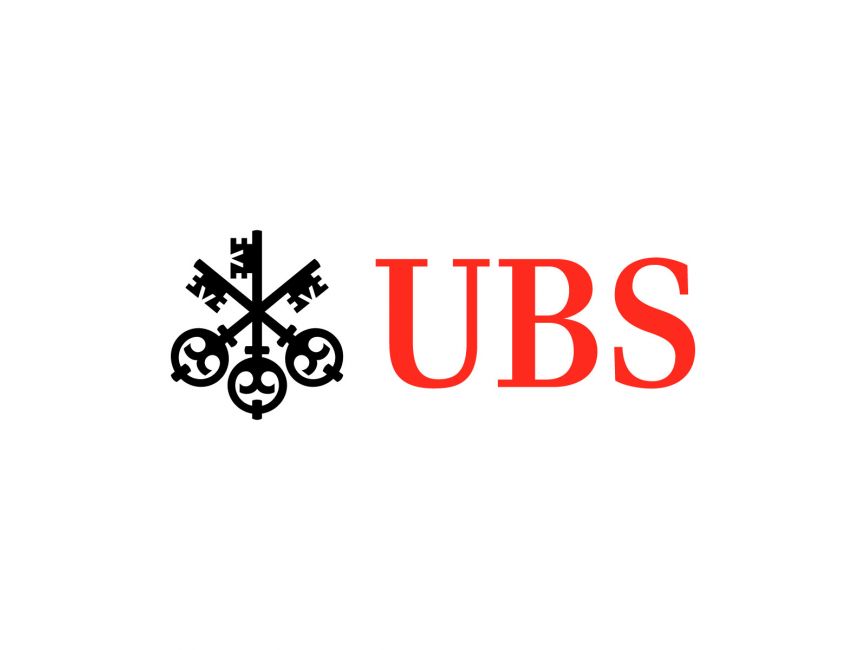The most precarious monetary policy landscape since the 1980s saw Q1 defined by uncertainty as risk-on assets booked positive returns despite looming recession and potential systemic risks in banking.
As Federal Reserve Chair Jerome Powell continued hiking the central bank’s fund rate at its fastest pace in 40 years through the start of the year, the yield curve of US two-year and ten-year Treasuries posted its deepest inversion since Paul Volcker’s tenure as Fed Chair.
Economist Campbell Harvey notes this economic warning sign has preceded every recession since 1955. However, risk-on assets appeared unphased, with the S&P 500 up 6% in Q1. Note the index finished the year in the green the last seven times it enjoyed such a strong first twelve weeks.
These glimmers of hope were somewhat stymied by the most significant banking crash since Lehmann Brothers, courtesy of Silicon Valley Bank (SVB), before 166-year-old Credit Suisse was unceremoniously tied up with rival UBS, creating notable concentration risk in Swiss banking.
Taking a measured approach through Q1, ETF investors in European have looked for bright spots while remaining cautious on US equities and not committing to a conviction on the Fed’s policy direction.
Where ETF investors are allocating
It almost goes without saying the iShares Core MSCI World UCITS ETF (IWDA) topped the inflow table with $2.1bn new money, according to data from ETFbook, after leading the pack with $16.7bn over the past two full years.
Outside of whole-world, the top exposure capturing investor imaginations was emerging markets, with the Amundi MSCI Emerging Markets UCITS ETF (AUEM) amassing $1.7bn while the iShares Core MSCI EM IMI UCITS ETF (EIMI) added $1.1bn.
EM was able to absorb assets from investors with lingering doubts about the outlook for earnings for companies in developed markets, with BlackRock stating earnings have not yet priced in damage from higher rates. Cost pressures from high inflation will also impact profit margins, it said in its recent outlook.
On the flipside, China’s reopening from COVID-19 lockdowns has been supportive to EM earnings and this momentum is expected to continue, which explains the $948m inflow into the iShares MSCI China A UCITS ETF (CNYA) in Q1.
Also benefitting from the reopening of the ‘world’s factory’ have been commodity exchange-traded products (ETP).
With China’s manufacturing purchasing managers’ index (PMI) posting its fastest recovery since 2012 in January and February and the government announcing a 16-step plan to support property developers, the WisdomTree Brent Crude Oil ETC (BRNT) and WisdomTree Copper ETC added $1.7bn and $1.6bn new money, respectively.
The two commodities will likely stay in focus amid discussions of the petroyuan, new OPEC production caps and continued copper mining disruption in Chile, Panama and Peru.
Another stand-out product in Q1 was the Lyxor US Curve Steepening 2-10 UCITS ETF (STPU), which welcomed $843m new money as investors bet banking uncertainty would force monetary policymakers to slow the pace of rate hikes.
The product has a seven-times leveraged long position in two-year Treasuries and a seven-times leveraged short position in 10-year US Treasuries, allowing investors to benefit as yields fall on the short end of the curve. Following SVB’s collapse, two-year Treasuries yields posted their largest one-day collapse since the 1980s.
Some hedges no longer in vogue
Enjoying a less fortuitous Q1 were traditionally more defensive allocations, with Europe’s largest gold exchange-traded commodity (ETC), the Invesco Physical Gold ETC (SGLD), booking $1.1bn outflows.
Ten months of consecutive outflows for SGLD were capped off in February as the ETC saw its longest exodus since January 2014 and lowest ETC gold holdings since April 2020 as investors bet on continued hawkishness by the Fed. This same bet saw investors pull $771m from the iShares J.P. Morgan $ EM Bond UCITS ETF (SEMB).
The trend against gold somewhat reversed in March as banking uncertainty saw pundits cancel their bets on a 50 basis point rate hike by the Fed, prompting the dollar to fall and gold to break $2,000 an ounce for only the third time. SGLD saw $228m inflows in a single week.
Other hedges losing their sheen in Q1 included the iShares $ Floating Rate Bond UCITS ETF (FLOT), which shed $655m as investors began cutting back on their rate hike shelter positions.
Floating rate ETFs such as FLOT are also more than 51% allocated to investment grade bonds issued by banks, with Credit Suisse bonds previously accounting for a 1.2% weight, making the products less desirable – and ironically more exposed to rate risk – as rates continue to rise and cracks show in banking.
Third, the iShares Edge MSCI World Minimum Volatility UCITS ETF (MVOL) saw $591m outflows as investors took profits on overweighted defensive allocations such as utilities, healthcare and consumer staples.
Two of the largest outflows of the quarter were more idiosyncratic, with the UBS ETF Global Gender Equality UCITS ETF (GENDER) and UBS ETF MSCI ACWI Socially Responsible UCITS ETF (AWSR) booking $898m and $776m, respectively.
Given these outflows were from products from one provider, they are likely from an individual client. This could have come in the wake of Sustainable Finance Disclosure Regulation (SFDR) phase two, which saw BlackRock’s gender ETF being reclassified from ‘light green’ Article 8 to ‘unsustainable’ Article 6, showing asset managers expect the regulation to prioritise environmental over social issues.









